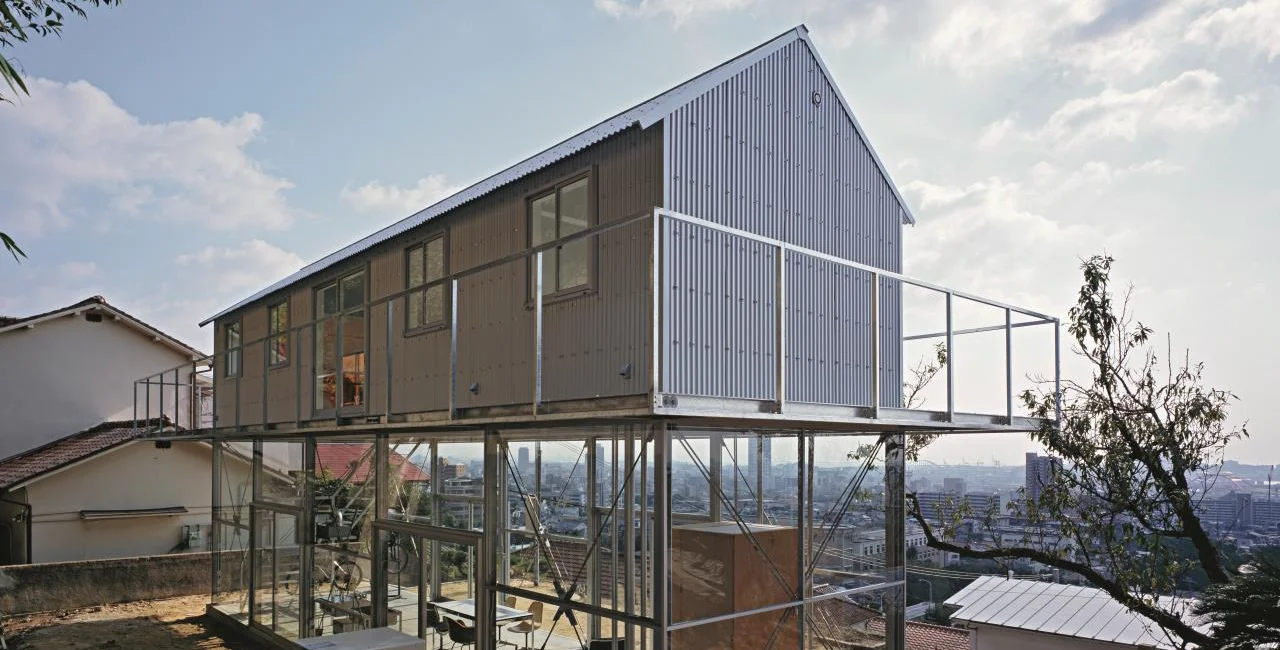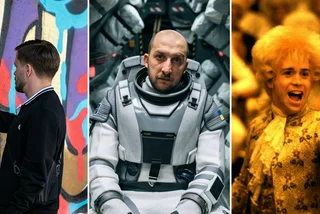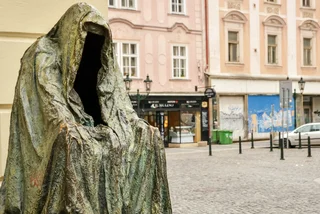An exhibition exploring a century of architectural connections between the Czech Republic and Japan is running at the Jaroslav Fragner Gallery until June 13. The exhibition called 1920–2020 Prague–Tokyo / Exchanges, Parallels, Common Visions coincides with the publication of a book in Czech and English of the same name.
The interior of the Jaroslav Fragner Gallery is once again open to the public open, but respirator and distancing are still required. Until recently, due to pandemic restrictions, it was only possible to visit the outdoor exhibition space in the courtyard of the Bethlehem Chapel, where there photographs and a small Zen garden.
Inside the gallery, the mutual influence of Czech and Japanese architecture is mapped via dozens of models, photographs, and works of art. Items on display include works by Japanese authors who have not yet been exhibited here and Czech authors whose buildings were realized directly in Japan or whose work was significantly influenced by Japanese architecture.
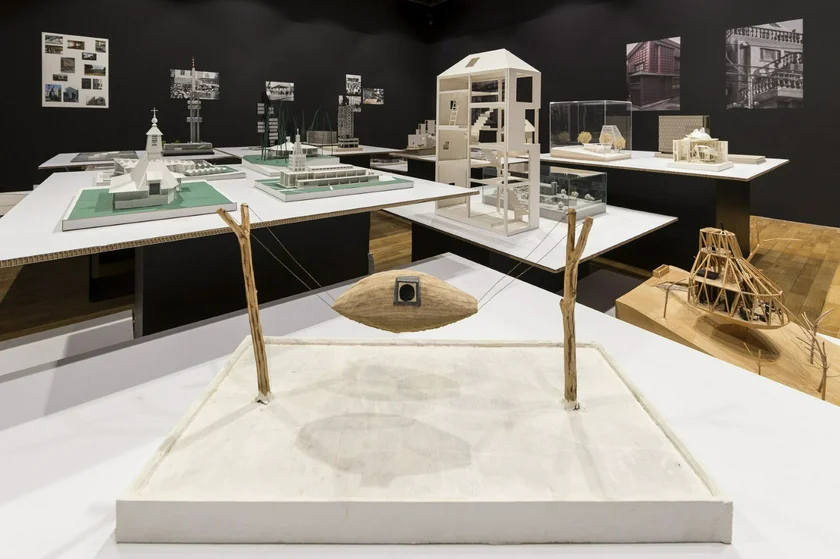
Models include the Church of St. Paul in Karuizawa and the Music Center of Gunma Prefecture by Antonín Raymond, an architect of Czech origin who is considered one of the founders of modern architecture in Japan. There is also a replica of the model of the famous Czechoslovak pavilion for Expo 1970 in Osaka by architects Viktor Rudiš, Vladimír Palla, and Aleš Jenček, and the iconic Nakagin Capsule Tower from 1972, and buildings by Sou Fujimoto and the Bow-Wow Studio.
The exhibition is complemented by works of art by Patrik Hábel, Jindřich Zeithamml, Michal Cihlář, Marek Ther, Veronika Richterová and Epos 257. Jakub Fišer created a tea pavilion as a site-specific installation for the exhibition.
The project was prepared as part of the celebrations of the 100th anniversary of relations between Japan and the Czech Republic. Contact between Japan and the Czechs has a long history, and its expansion was significantly supported by an international fascination with Japan that occurred in the early 20th century.
Two years after the establishment of the independent Czechoslovakia, official diplomatic relations were established, which continued important contacts from the 19th century.
“The exhibition and especially the publication approach the topic critically, the authors capture the influence as a two-way phenomenon; in this sense, the exhibition can also have a kind of decolonization character, because it exposes the problem of stereotypes and disinformation, and at the same time gives space to both sides in the highest possible balance,” the gallery stated.
The exhibition consciously turned away from following a linear chronology of events. “We follow the sequence of time in the concept only tentatively. Instead of a panorama of history, we question several important topics, such as Japanese aesthetics or the phenomenon of glass. This framework made it possible to select and exhibit a group of avant-garde architects from the past and present. … This thematic approach has also made it possible to apply a range of nuances that we can capture if we study carefully the historical relationship between the two countries: from friendship and strong interaction to a subtle sense of common ground,” the gallery states.
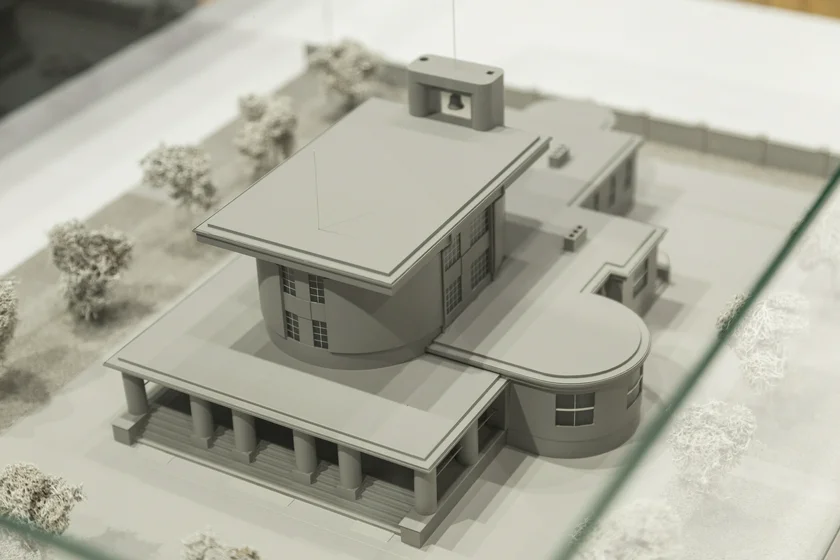
The book published simultaneously with the exhibition has 320 pages, with contributions from over 20 Czech and Japanese historians, theorists and architects who, in addition to architecture, also follow connections in the field of free and applied art or landscape creation.












 Reading time: 2 minutes
Reading time: 2 minutes 